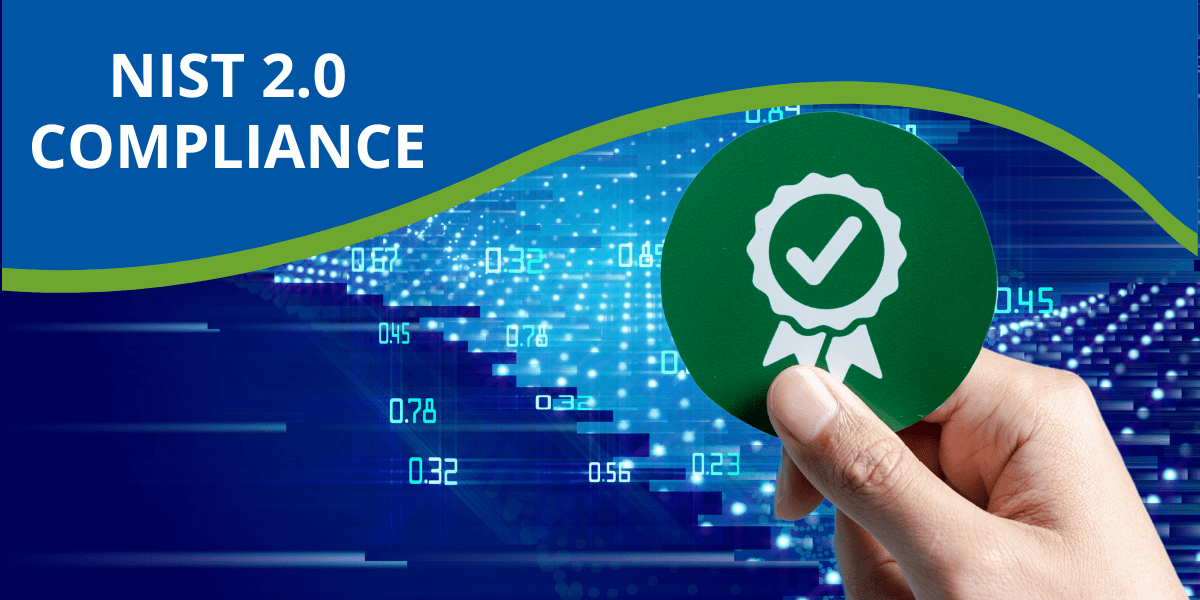
Over the past 15 years, there has been an increase in remote workers. Global Workplace Analytics has evaluated that over 173% of individuals are working remotely, and now with our current situation, the amount has increased even further. With so many people working from home, the need for efficient and secure cybersecurity is critical.
You may be wondering, ‘How can I keep my workers protected even from home?’ Security threats are everywhere, and now more than ever, you need to ensure that your team is protected when they’re working remotely. Let’s take a look at a few tips on how to reduce your risks for cybersecurity breaches at home.
Don’t Delay on Software Updates
One way to keep your remote workers secure is to have all software applications, hardware devices or operating systems updated.
Technology is fast-paced and ever-evolving, and as a result of that your software can only be sustained by having updates, upgrades, and patches. Outdated software is declared as unmaintained and often cannot integrate with new applications and won’t run as successfully on new devices. Outdated software will not have patches and cybercriminals know and can exploit the weakness that is present. This can put your storage or data at risk and can make the rest of your systems vulnerable with an open door for hackers.
Using Virtual Private Networks
When insecure WiFi (either from home or a public place) is being used, hackers will prey on remote workers with ransomware attacks. Even with this knowledge, many remote workers will continue to use public or home WiFi in large numbers. Home WiFi can also interfere with a number of different connected smart devices which increases the number of attack points.
One way to combat the risks of using unsecured home WiFi is to require the use of a virtual private network that helps promote secure connections. To make sure that your team understands how to properly use a VPN, subsequent cybersecurity training is also helpful.
Invest in Cybersecurity Training
Small Business Trends reported that 14% of small businesses rate their ability to mitigate cyberattacks, vulnerabilities, and attacks as highly effective. While 48% of cyberattacks were due to negligent employees or contractors. Having cybersecurity training for your office is essential to helping clients who have to navigate and secure highly challenging environments, it’s also good to provide training for remote work. Training should include ways to spot common phishing attacks as well as understanding spoofing and other techniques that hackers will use.
Create a Work-from-Home Security Policy
Now that you’ve learned three ways to help improve the cybersecurity for your remote workers, it’s time to put those suggestions into play. Start by creating a security policy specifically designed for remote workers. You can outline these important factors:
- Define which positions are eligible for remote work: Inform your employees of which job functions are allowed to work remotely and which cannot work remotely due to security reasons.
- Let them know which tools and platforms can be used: Your remote workers and on-site workers should always be on the same page with approved tools. Whether it’s cloud storage, project management tools or video conferencing platforms, let them know which platforms can be used and where they can be used.
- Outline steps for your employees to use at the first sight of compromise: If your employees believe that your information has been compromised, have a clear guide ready for them to follow. This can include: where to report an incident, how to immediately go about changing passwords, and so on.
Need Help Creating a Secure Remote Workplace?
Remote work can come with a number of different and sophisticated security risks. Ones that you should discuss with your team before they begin any remote work. CorCystems Managed IT Services is here to help you successfully and securely move your team to a remote work environment, no matter where they are. To get started with our IT services, please give us a call today at (203) 431-1341



